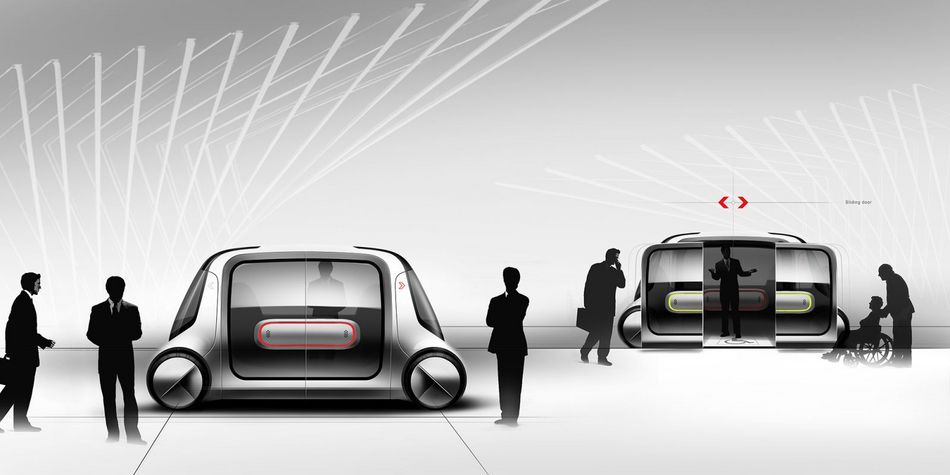Phase 2
Towards the ultimate public transport system

In its second 5-year research phase from April 2016 to March 2021, the research is now focussed on defining the ultimate public transport system for Singapore through a vision of public transport involving electric autonomous vehicles from 2030 onwards.
This vision is aligned to long term LTA planning and incorporates smarter interactivity between:
- passengers and vehicles;
- vehicles and other vehicles;
- and vehicles and the transport system (roadways, passenger stations, vehicle charging points)
Our concept vision is a public transport system that
- smartly services mid-level travel demand through innovative technologies and pro active transit control to increase the passenger capacity without taking away vital space for dedicated infrastructure,
- evolves the design of vehicles and stopping facilities to enable fast and comfortable operations,
- is flexible to cope with demand fluctuations in an economic way,
- explores the opportunities opened by automated driving and electrification to increase its economic and ecological sustainability.
The current Singapore Public Transport System
Singapore is a small island state with a growing population. It is not possible to expand the land area, hence Singapore must become more efficient with its public transport system to cater for the growing population and need for fast and easy commuting.
Singapore already has an extensive fixed rail MRT structure which serves all parts of Singapore. The MRT structure currently consists of over 170km of track with more than 100 stations on 6 interconnected rail lines. Each MRT train consists of 6 carriages and has a capacity of 1920 passengers. This MRT structure forms the backbone of the public transport system and is currently being extended with new lines, line extensions and new station plans running to 2030 and beyond. It is the only form of high volume rapid passenger transport across many areas of Singapore.
In addition to the relatively fast and sparse MRT network, Singapore has a dense road network which currently carries other forms of public transport such as taxis and busses as well as private transport in the form of private cars and motor cycles. The road network also carries commercial vehicles such as trucks and vans.
As a result of the increasing population and increasing number of road vehicles, the road network is becoming overloaded in some areas resulting in increased fuel consumption, pollution and delays.
Our Vision
TUMCREATE is investigating new road based public transport systems and vehicles which integrate with the backbone MRT system to optimise personal transit and transfer times when travelling from point A to point B. Concurrently, we are seeking to minimise the amount of energy used and reduce the congestion on the roads. This would be achieved through an efficient public transport system resulting in a reduction in the number of private vehicles.
...[more]